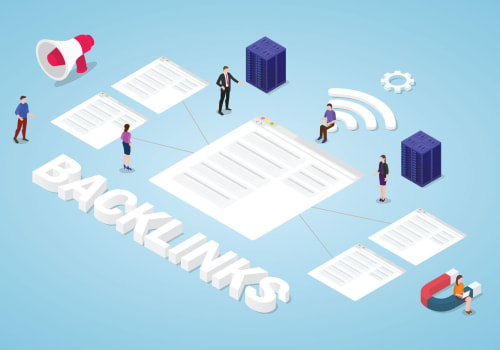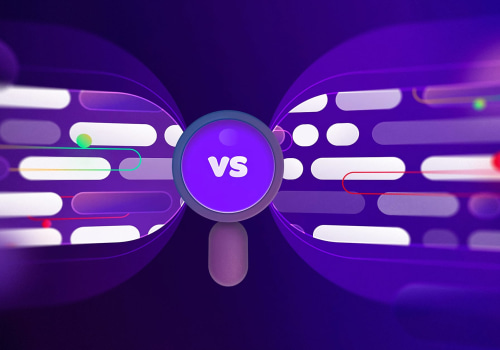Using alt tags correctly is an important part of optimizing your website for search engine visibility. Alt tags, also known as alternative text, are HTML tags that provide a textual description of an image or other media element. They are used to make sure that search engine crawlers can read and understand the content of an image, as well as provide additional context for users who may be unable to view the image itself. In this article, we'll cover why alt tags are important, the best practices for using them, and how they can help you improve your on-page SEO.
Alt tags
are HTML attributes used to provide a text description of an image.They are used by search engines to understand what the image is about and to help the visually impaired. When used correctly, they can help improve your website’s SEO by increasing the relevance of your images to search queries. Including alt tags in your images helps search engines understand the context of the page more accurately, which can help your page rank higher. Alt tags also help make your website more accessible for visually impaired users as screen readers can read the alt tags and provide a description of the image. When creating alt tags for your images, it’s important to use descriptive words that accurately describe the image.
Try to include keywords related to the image topic, but avoid keyword stuffing. Keep the alt tag short and concise, as long descriptions may be truncated by search engines. It’s also important to note that alt tags should not be used as a replacement for captions or other text. If you want to add additional text to an image, it should be done separately from the alt tag. To summarize, using alt tags correctly can help improve your website’s SEO and make it more accessible to users.
Make sure to use descriptive words that accurately describe the image, avoid keyword stuffing, and keep the alt tag short and concise.
How to Create Alt Tags
Alt tags are essential for optimizing images for on-page SEO. They should describe the content of the image as accurately as possible and be kept concise. To create effective alt tags, you should use descriptive words that accurately describe the image, but avoid keyword stuffing. It is also important to make sure the alt tags are within the HTML structure, using for main keywords and for paragraphs.Do not use newline characters as these will not be read by search engine crawlers.
Why Use Alt Tags?
Alt tags are important for a number of reasons. They are essential for optimizing images for on-page SEO, as they help search engines better understand what your images are about. Alt tags also make your website more accessible, especially to visually impaired users, as they allow screen readers to interpret what your images are about. Additionally, they can help improve your website’s click-through rate (CTR) as they act as a description of the image, meaning that users can have a better understanding of what it is before clicking through to the page.Alt tags should be used whenever you upload an image to your website, as they can significantly improve your site’s overall SEO and accessibility. Alt tags are essential for optimizing images for on-page SEO, providing an accessible experience for users, and improving the overall visibility of your website. When creating alt tags, use descriptive words that accurately describe the image, avoid keyword stuffing, and keep the alt tag short and concise. Additionally, using HTML structure with tags only for main keywords and tags for paragraphs can help improve the readability of your content.






